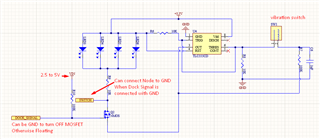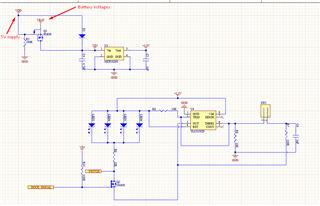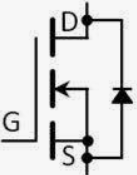Hi,
I designed a latch circuit using TLC555CD. I am facing an issue that if i leave circuit OFF then battery discharge. It is LED ON/OFF circuit. Can anyone help me to find the issue or suggest me some alternative for a latch circuit. The latch circuit must be trigger with a vibration switch.
Plz see the attached schematic.
Thanks
-
Ask a related question
What is a related question?A related question is a question created from another question. When the related question is created, it will be automatically linked to the original question.





